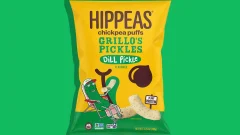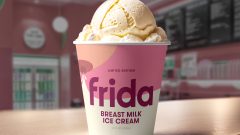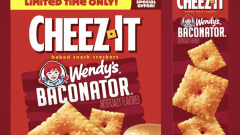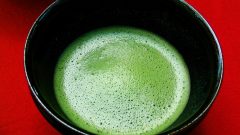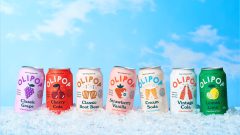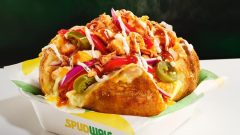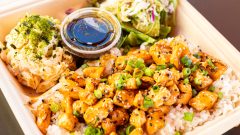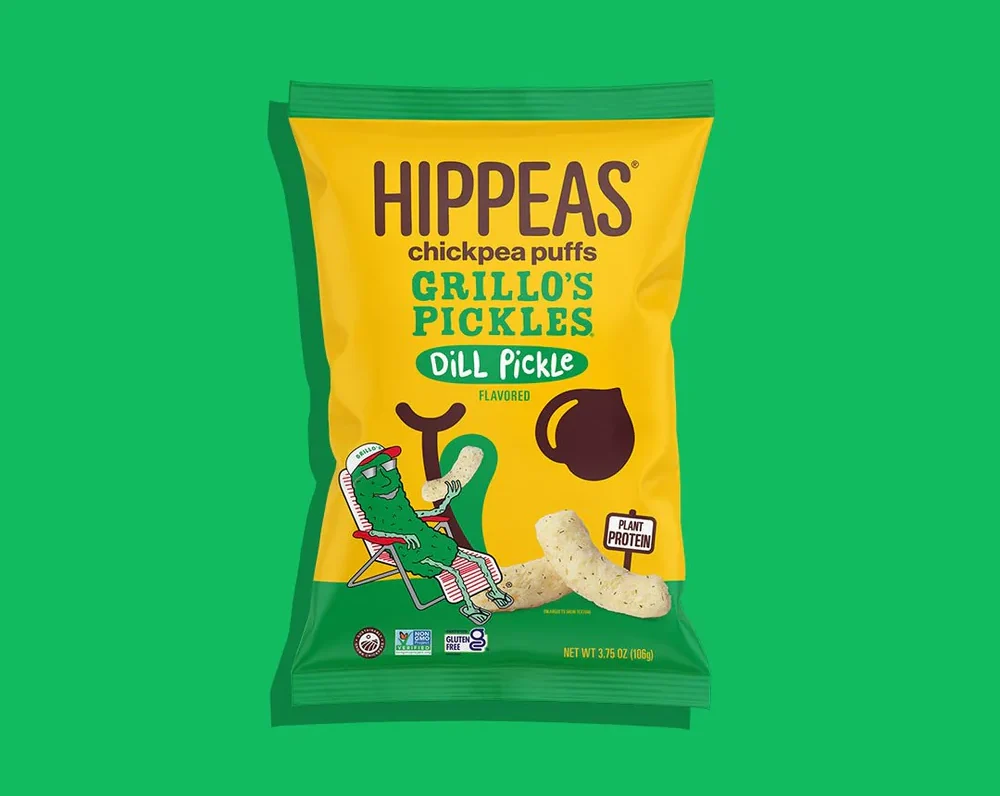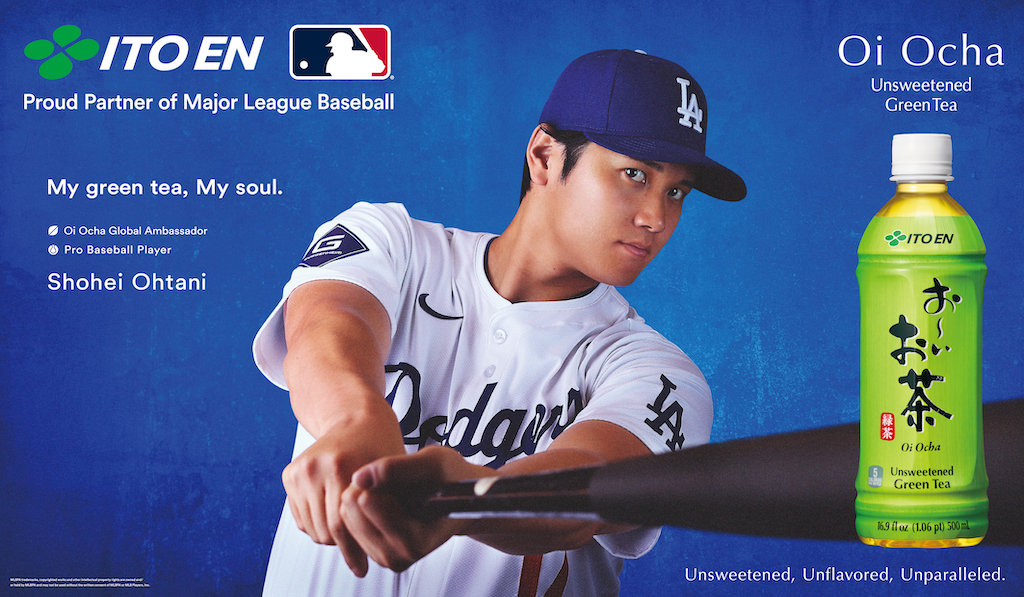A Crash Course On Monkfruit, The Sweetener That Could Take Over Stevia
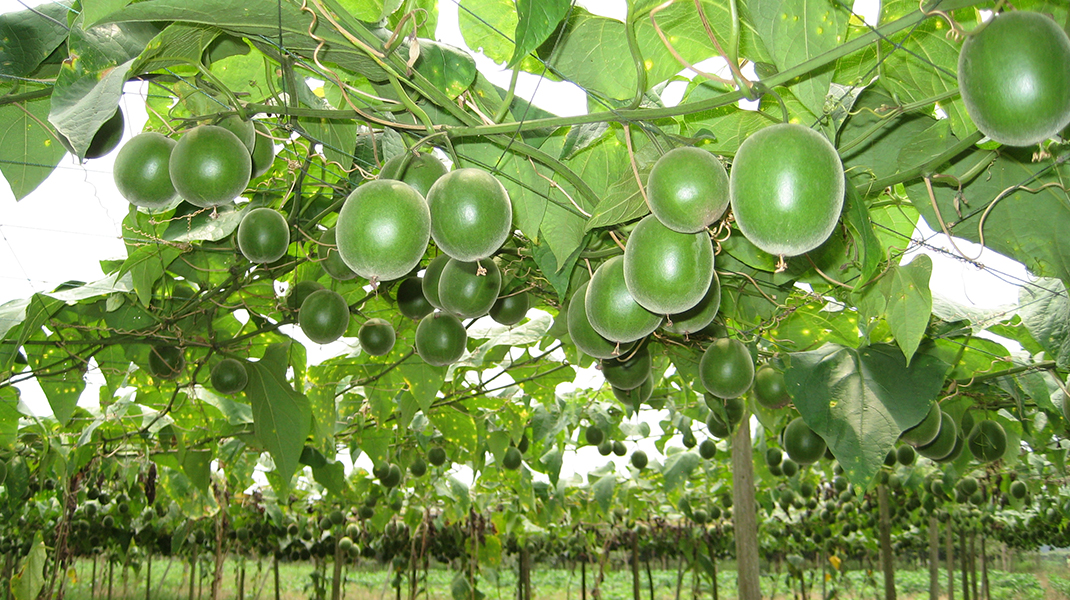
To sum up America’s taste preferences into a single sentence is incredibly simple: the country runs on sweet. We’re a nation of sweet teeth, as is evident by our sugar consumption and resulting demand for low-calorie, natural sweeteners. For a long time, stevia has been that low-calorie champion that we’ve all loved to put into desserts, drinks, and the like.
However, a new fruit – monkfruit, or Luo Han Guo, by its native Chinese name – is on the rise, and is set to take over stevia as the new sweetener product for the future. It’s already being utilized in the U.S. in a host of products, including all of the ones below:

Having been grown and eaten in China for hundreds of years, monkfruit was relatively easy to get into the U.S. market and approved for use as a sweetener. With cleaner processing, wider growth, and no bitter aftertaste, monkfruit is already growing in popularity and ready to take the sugar industry by storm. Here are some key things to know about this amazing, natural sweetener:
Like Stevia, Monkfruit Provides ZERO Calories

Photo: Google Patents
Both stevia and monkfruit are very structurally similar. The source of their sweetness both comes from a class of compounds known as glycosides, which look like the compound shown above. Our bodies cannot break down these glycosides for nutrition, so we can enjoy all of the sweet flavor they provide without any damage being done to our waistlines.
Unlike Stevia, Monkfruit Has NO Bitter Aftertaste

Photo: Eat Performance
Stevia usually has to be mixed with a sugar alcohol called erythritol (naturally found in grapes and melons) before being utilized, otherwise it gives off a harsh bitter aftertaste. Monkfruit does have an aftertaste as well, but it tastes like licorice, and isn’t bitter. While some sweetener companies have masked this licorice flavor by mixing monkfruit with other sweeteners like erythritol or dextrose (corn sugar), if you’re a fan of licorice, you can just use the monkfruit sweetener on it’s own!
Monkfruit’s Processing Method is Much Simpler than Stevia’s

Photo: GLG Lifetech
To make stevia extract, the actual leaves have to go through numerous washes and alcohol extractions — though not particularly harsh, it does take a while. Monkfruit’s processing is incredibly simple – after being crushed, the fruit is infused in hot water before being filtered and packaged as monkfruit sugar or liquid sweeteners. This method is much cleaner and more simplistic, giving it the edge over stevia when it comes to “minimally processed” and “clean label” definitions.
Monkfruit Doesn’t Pose Any Allergenic Concerns

Photo: Wicked Good Kitchen
Some people with allergies to certain flowers have also reported allergic symptoms when consuming stevia. Monkfruit, however, has been safely grown and consumed in China and other parts of southeast Asia for centuries. One of it’s primary uses was actually medicinal, treating heat strokes, coughs, inflamed throats, and even constipation.
Overall, monkfruit is pretty similar to Stevia: both provide no calories and are derived from natural sources. However, monkfruit has a cleaner image than stevia because of its processing methods and lack of allergenic concerns. Considering monkfruit is already widely grown, and production is ramping up due to increased demand, we can look forward to seeing more of this clean-label sweetener in everything from juices to baked goods in the future.

